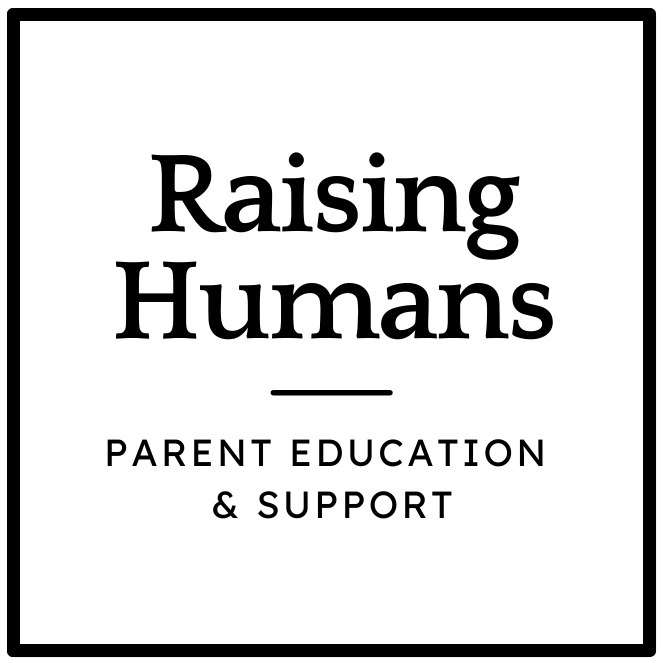Raising Resilient Children
Several years ago, a group of university students started an experiment to develop a more resilient apple tree. They planted two groups of trees. One group, the control, was given a perfect balance of nutrition, water, and sunlight. The second group of trees was deprived of various nutrients, water, and sunlight. The students hoped the second group of trees would be forced to live with less and thereby develop into a heartier tree that could more easily withstand droughts, insect plagues, and climate change.
Along the way, they tested their theories taking trees from the control group and trees from the test group and putting them through extreme deprivation to see which tree survived the longest or was able to produce fruit. Surprisingly, no matter how much the trees in the test group were accustomed to mistreatment and neglect they were never more resilient than the trees who had always had their needs regularly met.
There is this myth that putting people, or trees, through extreme stress, or trauma will make them stronger in the end. This idea is perpetuated over and over in American culture.
"So, I gave you that name
And I said goodbye
I knew you'd have to get tough or die
And it's that name that helped
To make you strong."
Excerpt from “A Boy Named Sue”, by Johnny Cash
The truth is, research around resiliency and positive health outcomes indicate that trauma and chronic stress weaken our bodies and reduce our ability to regulate our emotions (Adverse Childhood Experiences Study, 1995). This idea that we owe our strength to our adversity is a myth. The fact is, we are resilient despite our adversity.
If you experienced adversity growing up, you might have attributed your positive traits to those experiences. The truth is abuse, neglect, trauma, and illness do not make us stronger. It means that despite all you have been through you are still here today, where you are, doing your best, and you do not have to be grateful for your trauma.
The biggest mitigator of harm related to adversity in childhood is connection. If you had a strong connection with a parent, teacher, youth leader, sibling, friend, or another caring adult you are more likely to develop resiliency. Even one adult offering an alternate perspective can have a lasting positive impact on youth.
Tommy attending summer camp programs when he was 10 years old. He had an ADD and ADHD diagnosis and was challenging for his teachers, parents, and other adult caregivers to handle. Tommy had lots of energy and struggled to sit still, pay attention in class, and was a loud and high-energy presence in his home. The adults around Tommy talked about how he was difficult, a rule-breaker, trouble, and out of control. Tommy internalized the message that he was a bad kid. When Tommy was at camp his high energy meant he was picked first for capture the flag. When he struggled to sit still his counselor gave him helpful jobs allowing him to practice being a leader. He was encouraged to expend energy, yell, be creative, decide how he spent his time, and connect with other kids and adults. While at camp Tommy’s counselor offered encouragement, praise, and unconditional positive regard. Tommy started to realize that maybe the way his parents, teachers, and other adults thought about him was not the whole picture. When the camp was nearing a close Tommy said, “I’m not a bad kid, but sometimes my mom doesn’t see that.”
What does this mean for parents hoping to raise resilient kids? Children are wired to work toward healthy development and healing. We can help them move toward these goals by providing safety, space, and connection. While children are growing, they are building pathways in their brains, like a set of instructions telling them how to respond to the outside world. If they experience lots of failures and are punished for it, they may move toward learning that trying new things is not safe, or that they are not capable of accomplishing hard things. If children can accomplish hard things with support and feel safe making mistakes they will learn to think positively about their own abilities. Your job as a parent is to give them space to work through developmentally appropriate challenges on their own, set limits and instructions to mitigate risks and be the positive voice in their head telling them they can do hard things, you believe in them, and that they are loved.


